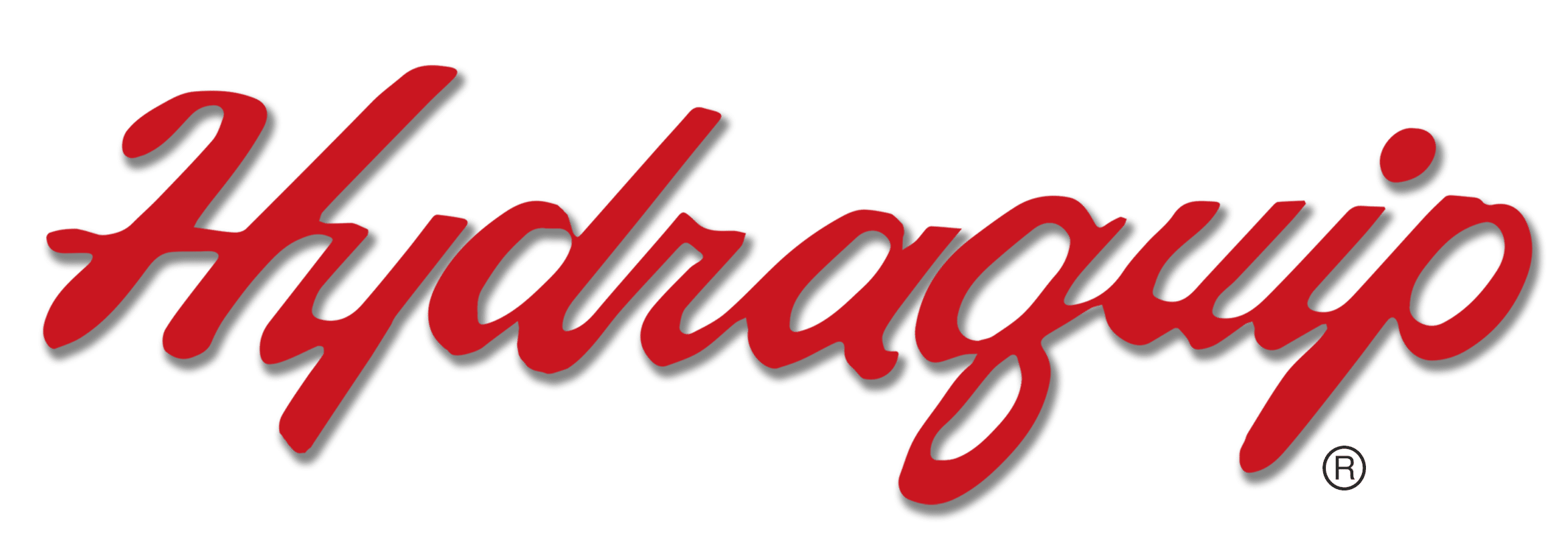There are a variety of factors to consider when selecting the correct hose for your application. Following our S.T.A.M.P.E.D method with help you choose the right product. S.T.A.M.P.E.D stands for: Size, Temperature, Application, Material, Pressure, Ends and Delivery.
Size: Hose sizes are based on the dimensions of the inner diameter, measured in sixteenths of an inch. (The exception to this is the SAE 100R5 hose). Fortunately, this measuring system is used globally within the fluid power industry.
When replacing an existing hose, you can typically see the hose dash size on the layline of the hose. Has the original printing worn off? Not to worry! If the layline is illegible, you must cut the hose and measure the tube diameter with calibers. The hose diameter must be suitable to minimize pressure loss and avoid damage to the hose due to heat generation or excessive turbulence.
A Flow Capacity Nomogram can be used to properly size a hose for a new application. The nomogram indicates recommended fluid velocities for both suction and pressure hoses.
Temperature: When selecting a hose assembly, two areas of temperature must be considered: Internal fluid temperature and external ambient temperature. It is important to identify these temperatures as they may have adverse effects on the hose cover and reinforcement materials if not properly assessed.
Application: Application details are required when properly selecting a hose. For instance, ask yourself:
- Where will the hose be used?
- What are the internal and external ambient temperatures?
- What are the fitting connection sizes and types?
- Will the assembly be subjected to abrasion?
- What are the working and surge pressures required?
Material: The hose, tube, cover and fittings must be compatible with fluid being conveyed. Environmental conditions must also be taken into account to ensure the proper hose cover is selected. Chemical compatibility charts are useful aids to ensure proper hose and fittings selection.
Pressure: System pressure and surge pressure are vital to selecting the proper hose. The published working pressure of the hose should meet or exceed the peak pressure of the system. If the system pressure exceeds the working pressure of the hose, the life of the hose will be reduced.
Ends: There are numerous sizes, styles and types of hose connections. One important thing to note is that the rated working pressure of the hose assembly is based on both the hose and the fittings.
Delivery: Delivery relates to the value-added services desired. Examples of this are:
- Pressure testing
- Quality control
- Special Packaging
- Delivery requirements
All of which Hydraquip can gladly conduct!
Following the S.T.A.M.P.E.D method is the best way to select the appropriate hose for your application. If you need further guidance or have any questions, don’t hesitate to reach out to us!

